If you’re all about a good ol’ fashioned pajama-clad Netflix binge, these dogs might not be quite your speed. They’ve got boundless energy and a serious need to expel it. Own one of these breeds? You already know.
If you have one these dogs and you’re not able to walk them as much as they need, consider a regular dog walker. Looking for the perfect match for your energetic pup? Rover has you covered.
Australian Cattle Dog
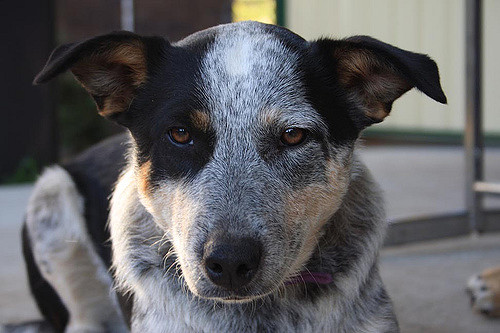
Source: Flickr
Herding dogs are some of the most hyperactive of ’em all — you’ve gotta be to round up cattle on the daily. But just because they’re natural herders doesn’t mean that herding sheep is the only way for them to get their energy out. In other words, if you’re on the lookout for a marathon training buddy, look no further than the cattle dog.
Bernese Mountain Dog

Source: Flickr
They’re loyal, faithful, affectionate and super-duper smart. They’ve also got a ton of energy and would be the perfect companion for outdoor-obsessed mountain climbers and hikers (hi, Pacific Northwest!). In fact, the Bernese mountain dog would probably challenge their human friends to go even further. Plus they’re fluffy and adorable, so there’s that.
Border Collie
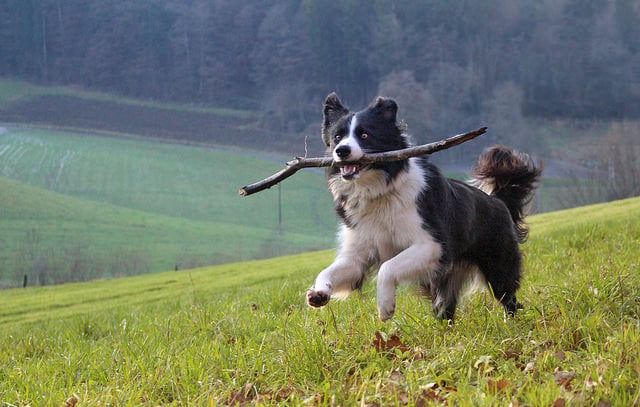
Source: Flickr
Do you see that look in his eyes? That’s the look of a dog with a lot of pent up energy to expend. And with a giant stick (fun!) and plenty of land to bound around on, ditching said energy should be no problem. Border collies were bred for working on the farm, so they’re not only intelligent and obedient, but they’re also responsive and alert.
Boston Terrier

Source: Flickr
These little guys pack a punch! They may look cute and tiny and like there’s no way they could keep going and going (Energizer Bunny, anyone?), but they can. And they will. Thankfully, they’re super-friendly, so you can take them out on the town for plenty of activity.
Dalmatian

Source: Flickr
Back in the day, Dalmatians trotted alongside carriages, keeping the occupants safe inside. Today, they trot around firehouses and Disney movies — and lots of loving families! They’re friendly, love to play, and want to be active all day long.
Golden Retriever
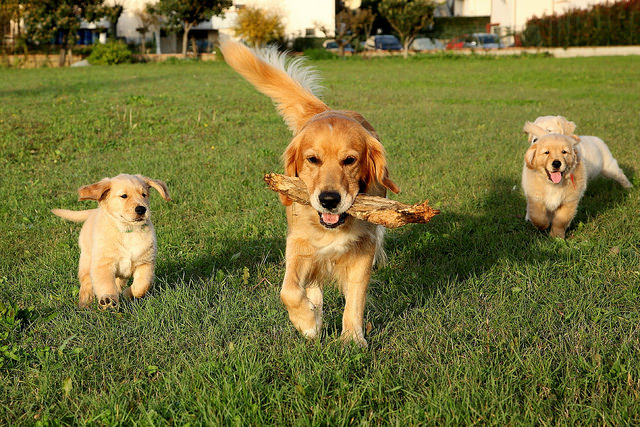
Source: Flickr
There’s a reason every family has one or wants one — they’re friendly, gentle, trustworthy, and fun to run around the backyard with. They love being in the water, too, so if you live by a lake, pond, etc., that’ll allow them to burn off some energy while doing something they really love.
Jack Russell Terrier
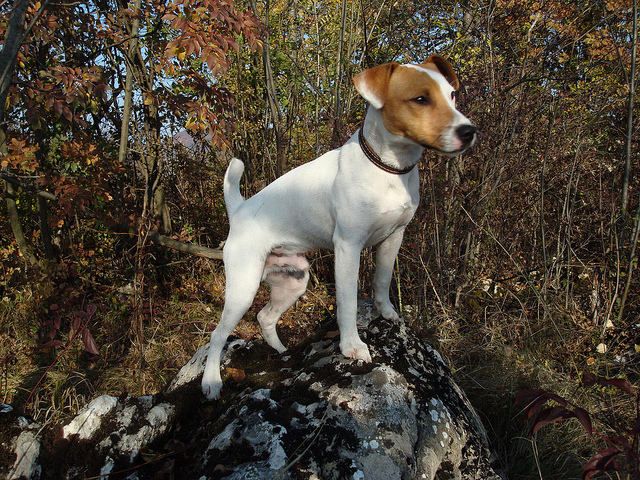
Source: Flickr
If you ever watched PBS’ Wishbone, you know that Jack Russell Terriers are smart, with a creative — er, determined — temperament. It takes a lot of determination to wish yourself into classic literature, but we digress. Jack Russell terriers are small, athletic, and always down for adventure.
Laborador Retriever

Source: Flickr
There’s a reason Labrador retrievers are the No. 1 family dog — they’re gentle, kind, loyal, smart, friendly and fun. Labs are always down for a game of fetch, a jog around the neighborhood, playing tag with the neighborhood kids… The list goes on and on.
Siberian Husky

Source: Flickr
This husky was originally bred in Siberia a whopping 3,000 years ago for sledding. Thanks to its warm fur coat, limitless energy and impressive work ethic, the husky was able to withstand freezing temperatures for extended periods of time. While they’re not always used for sledding today, those traits have stuck around, making the husky a perfect companion for a human with an active lifestyle.
Vizsla
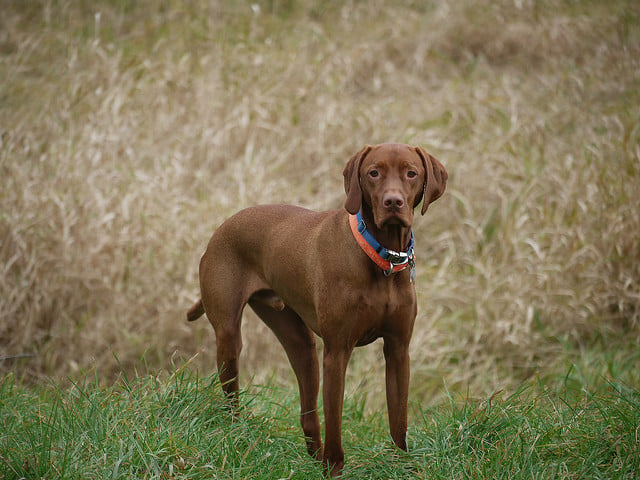
Source: Flickr
Even though their temperament can be quiet and cuddly (they love to be right by your side!), the vizsla is hound bred to be active. Originally hunting dogs, they like to be out in the forest, the field, or the water, and are especially agile and quick. Vizslas are popular companions for hunters, thanks to their loyal, protective nature and sharp senses.

